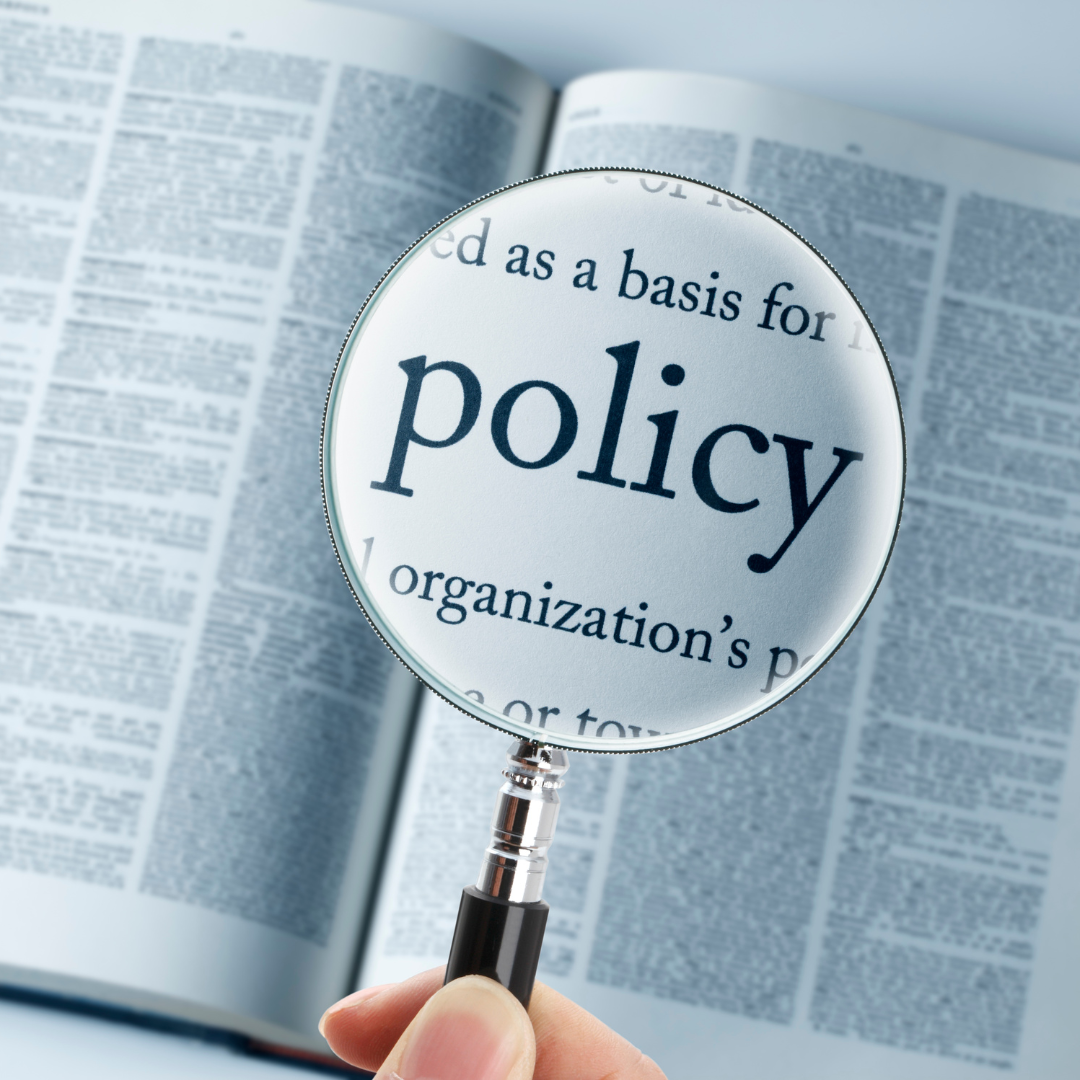The Impact of Policy on the Indian Health Insurance Market
### The Impact of Policy on the Indian Health Insurance Market In the vibrant tapestry of India’s healthcare landscape, where tradition intertwines with innovation, the health insurance market blooms like a lotus in a tranquil pond. With a population that boasts a rich diversity of cultures, languages, and health needs, the complexities of health insurance have become increasingly prominent. Enter the world of policy-making, a realm where decisions taken in corridors of power ripple across the lives of millions, reshaping perceptions and realities about health insurance in a nation that is on the cusp of becoming a global health titan. It is in recent years that we have witnessed a remarkable transformation, driven by policy interventions that have acted like sunshine and rain, nurturing the seeds of change. The introduction of the Ayushman Bharat scheme in 2018 was a watershed moment. Imagine a safety net that promises to catch the most vulnerable members of society—a policy that aims to provide health coverage to over 500 million people. This ambitious program not only underscores the government’s commitment to ensuring health access for all but also invigorates the private health insurance sector to innovate and expand its offerings. The cheerful ripple effects of such policies are undeniable. With the government leading the charge, private insurers are now more eager than ever to tailor their products to meet diverse








